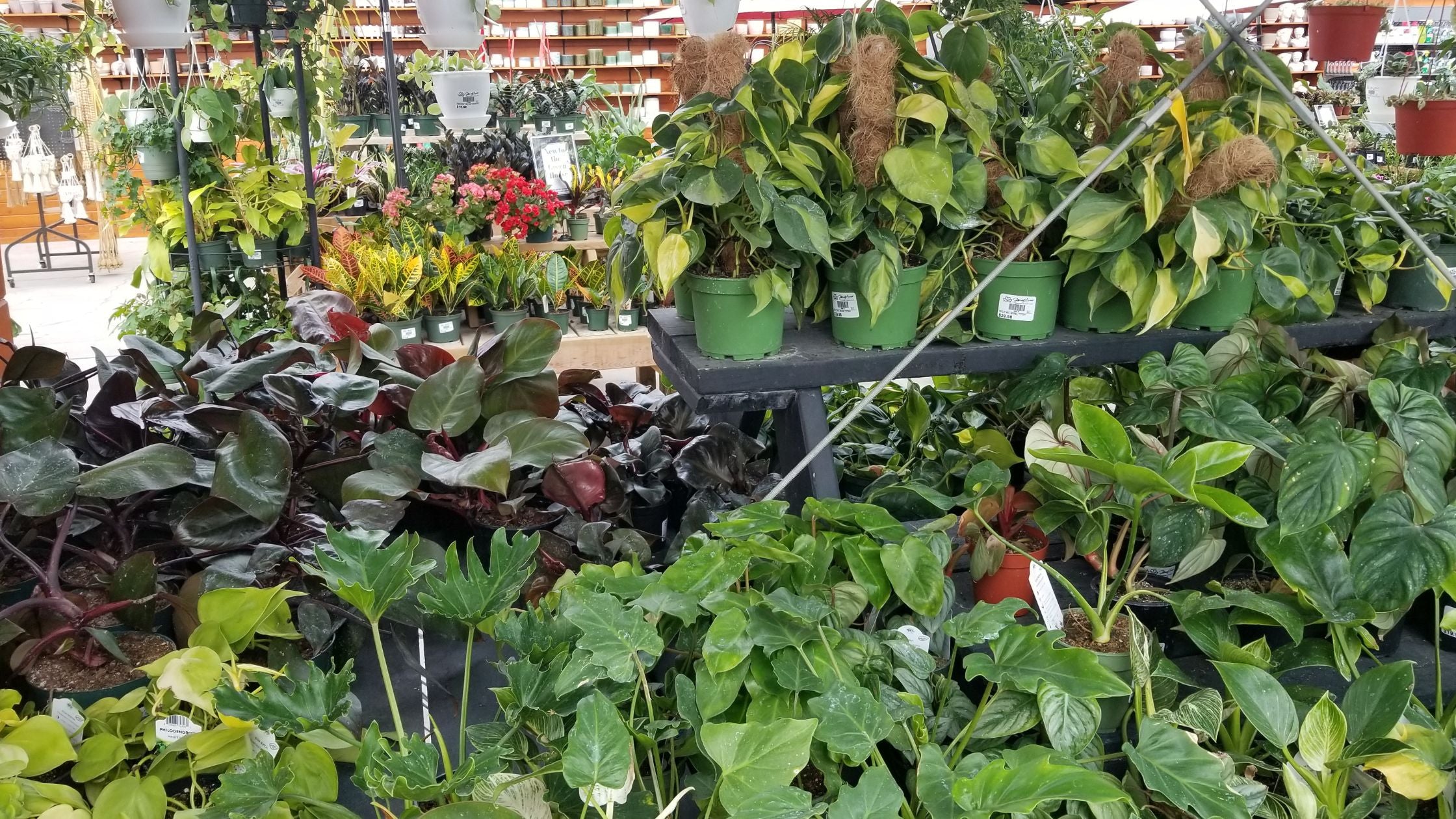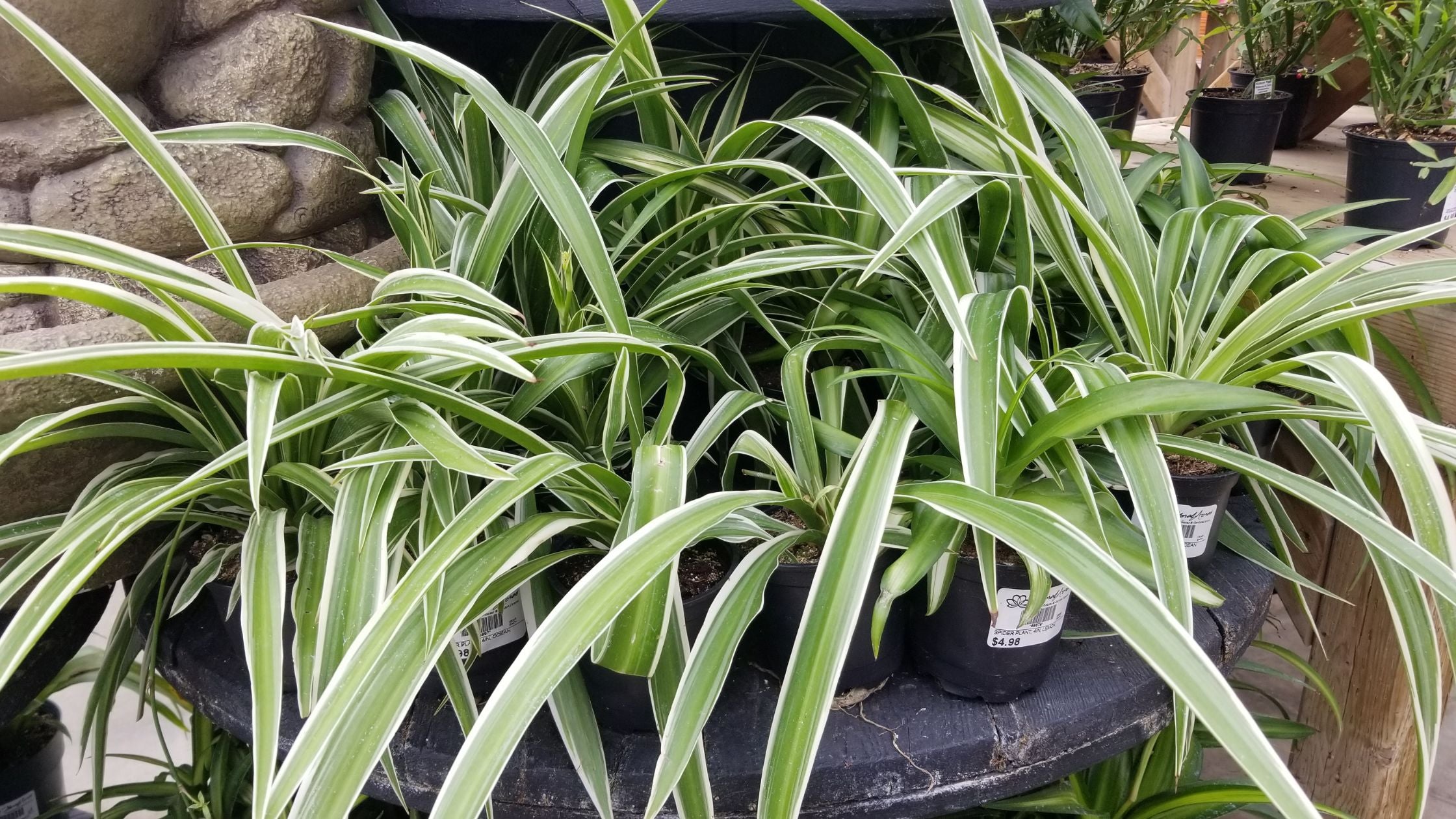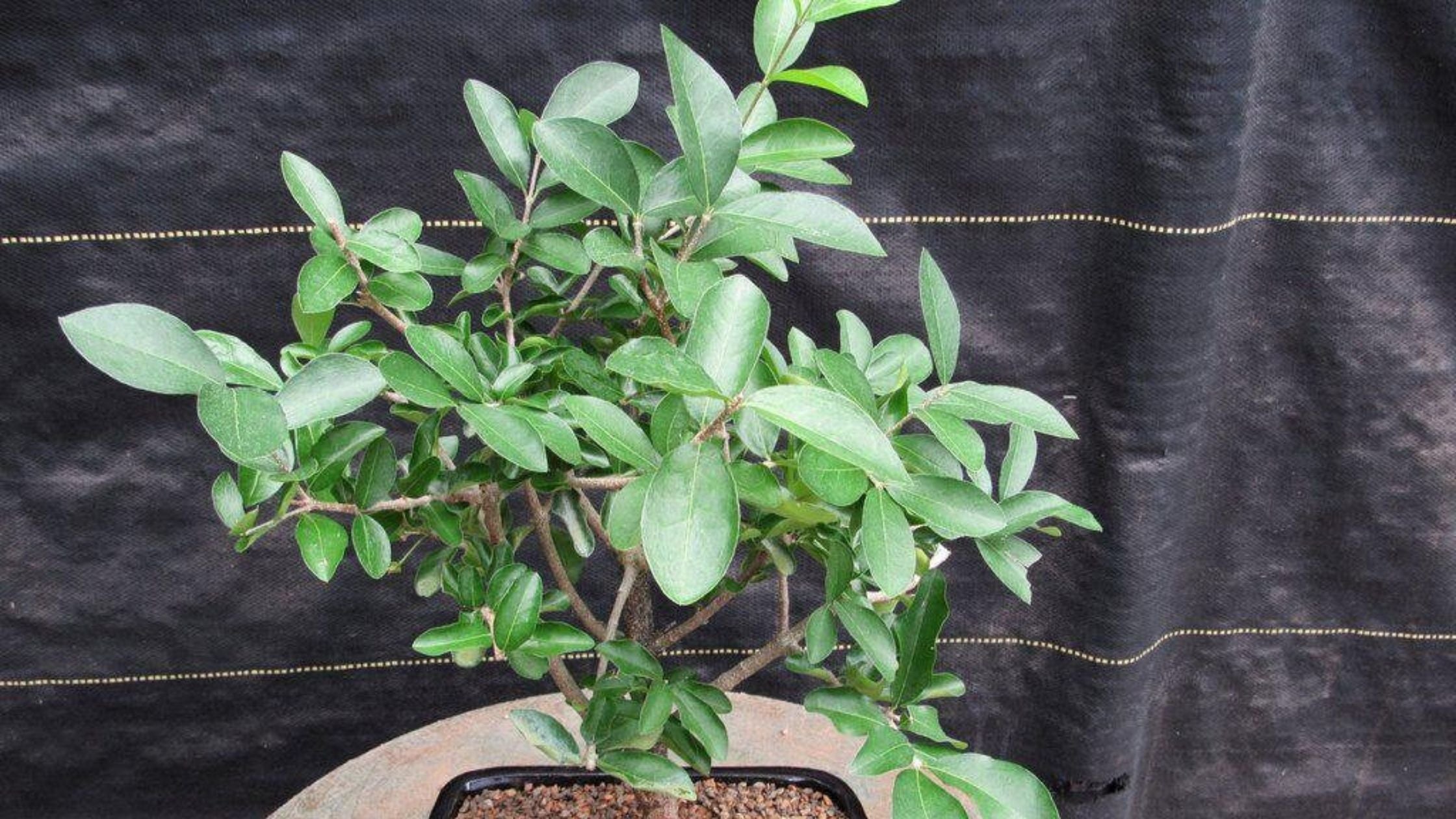November In The Garden
This Christmas Give the Gift of Green!
Giving that special houseplant to a friend or family member at Christmas is the perfect gift that they can enjoy year round. Indoor plants give your home a warm, natural ‘green’ feel that most people find relaxing and rejuvenating.
When it comes to choosing the best plant for your friend or relative give the following some consideration. At the top of the list, is to be prepared before going shopping. This is not the time to impulse buy! Here are a few things to think about that will make the process easier.

This first one is obvious but sometimes it slips between the cracks. Is the plant recipient a plant person, expressed an interest in plants or a self- professed brown thumb?
Do they have allergies, small children/ pets or prefer certain colors in their home. Do they only love succulents and cacti? Is their home filled with natural light or more on the shady side.
Invite them on a week-end shopping trip to Floral Acres! Take note of their plant likes and dislikes. If they are just beginning to know and grow houseplants, easy to grow tropicals make the best gifts. Some easy care plants to introduce into their world are pothos, peace lily, cast iron plant, ZZ plant, anthurium, ponytail palm, spider plant, aloe vera and peperomia. By paying attention you can learn a lot about a person just by shopping with them!

You can also go a step further and purchase a ceramic pot or basket to go with the plant. Be sure to include a decorative plant care card that you have made yourself! Bettter yet, create a gift basket that includes the plant and all that is needed to make sure they have success with their plant in the future; soil, fertilizer, mister, trellis (if needed), and a small pruner. When it comes to gift baskets, the sky is the limit – well ok, maybe your pocketbook too!

Attach a gift card from Floral Acres to the plant sleeve. If they love your gift, they will surely want to add to their collection in the future!

For the more experienced plant people on your list, now may be the time to introduce them to a few unusual, rare and interesting houseplants. Below are some unique plants that they might find very interesting!
Barbados Cherry Bonsai - (Malpighia pendiculata)

The Barbados Cherry is native to the Caribbean. It is a long-lived edible fruit tree in bonsai form. In their native habitat they can reach twelve to twenty feet in height. In spring the flowers are pink with five petals, followed by small round fruit. The fruit is a cherry-like berry. The berries do not contain a stone, but three edible seeds. The fruit takes 60-90 days to mature to a bright red and has a sweet, tart flavor. This ‘cherry’ loves the sun and the more the better. It can tolerate part sun as well, but fruit production will be scarce. Keep it away from hot and cold drafts and exterior doors.
Ensure this plant does not dry out. Water with warm water.
Barbados Cherry likes a rich, organic soil with a pH of 5.5 to 6.5. Root prune and repot in summer. Repot when you see the roots come out the drain holes of the pot. Trim away no more than 1/3 the root mass. After pruning you can put the plant back into the same pot with new soil or a size bigger bonsai pot. Thoroughly water.
Fertilize in early spring with an application of a balanced slow-release fertilizer. Follow this with monthly feedings of half strength water soluble 20-20-20.
In spring, you can slowly introduce your bonsai to the outdoors once temperatures reach 10 degrees C or higher.
Propagate by air layering or hardwood cuttings.
Barbados Cherrries are self-fertile. You will get fruit with just one plant. When outside, the bees will pollinate the flowers. Inside you can mimic the bees by carefully touching the centre of each flower with a very soft paintbrush; and move from flower to flower.
Be aware that the leaves of this plant have many tiny hairs that may irritate the skin.
Mistletoe Fig - Ficus deltoidea

Mistletoe Fig is not related to the Christmas Mistletoe parasitic plant.
This easy to grow ficus is native to SE Asia and will attain a height of 7 m. It is actually a epiphyte and in its native habitat will live on other trees. As a houseplant it will reach a height of 1 m with a spread of .60 m.
This fig likes a part sun to sun location inside or outside in the summer. Gradually acclimatize this plant to the outdoors once all danger of frost has passed. An east morning sun location with a bit of afternoon sun is ideal. This plant will not tolerate low light.
Mistletoe Figs have thick, deltoid shaped leaves which are a dark glossy green on top and a golden yellow below with black spots. These spots are actually oil glands and often appear on the underside of leaves, positioned along the veins. You will also notice that the top of the leaf has tiny gold dots. These are called hydrathodes and help the plant to release excess inorganic and organic compounds containing plant sugars and salts (guttation). This usually occurs late at night or early in the morning.
Male and female flowers are found on separate Mistletoe Fig plants. The females have leaves that are big and more roundish in shape and the male plants have leaves that are small, round, and long. The flowers are tiny and a yellowish-green color.
Temperature Tolerance: Plus 15 C to plus 30 C.
Soil: They prefer a fast draining soil. A tropical soil mix amended with some cactus and succulent soil and perlite. This soil should be kept on the dry side. Repot once a year in early spring if necessary or top up with new soil. New soil nutrients will trickle down to the root system. Most potting soils come with multiple months of fertilizer in the new soil. If not repotting, fertilize in spring to mid-August every two weeks – 20-20-20 at half the normal strength.
The berries have pink tips which eventually turn to a medium pink/red color; then bright red. They are not edible.
In winter, water with warm water when the top two inches of soil is dry. Water in summer as needed.
This plant contains a milky sap called latex so if you are allergic, it is best to use gloves when handling the leaves, roots, etc. Stem the flow of latex from cuttings by singeing the ends of the twigs with a lighter. The berries are not edible. They are toxic to humans and pets.
Propagation: Air-layer or softwood cuttings.
Seersucker Plant - Geogenanthus poeppigit

The leaves on the Seersucker Plant closely resemble the puckering of seersucker fabric. This is a rare rhizomatous houseplant that is native to Ecuador, Columbia, Peru and Brazil where they are found growing on rainforest floors. The bottom of the leaves are purple and the tops are puckered with silvery-green and dark green stripes.
As you may guess, these plants like semi-shade, lots of humidity and rich soil with a pH of 6-7. They will tolerate bright light as well, but no direct sun. They make a great large terrarium plant. Do not let them dry out totally and water with warm water when the top inch of soil is dry to the touch. Extra attention should be paid to watering if this plant is grown in a terrarium. Do not overwater.
Repot every spring in a rich tropical plant soil mix or an African Violet soil. During the summer months feed monthly with ¼ strength 20-20-20 water soluble fertilizer.
Propagation: Division, stem cuttings or rhizome cuttings. Will root in water or soil.
Seersucker Plants rarely flower. If they do, their three petals are a purple blue color. They may look familiar as they are related to the houseplant Tradescantia.
Toxicity: Not toxic to humans and pets. However, if a leaf is chewed it will cause stomach upset.
Bonus: Seersucker Plants are rarely bothered by insects or disease.
Shingle Plant - Rhaphidophora korthalsii

Native to Australia
The shingle plant is a relatively rare, aerial root plant known for its overlapping, flat climbing foliage. It is usually grown on a wood plank or moss pole inserted in the soil of the growing pot. This plant has a medium growth rate and can grow quite tall if given the right conditions. An added bonus is that the leaves will be larger as the plant grows. A mature shingle plant has very large leaves!
Light: Bright, indirect light. If the plant starts to get tall and leggy this means it is not in enough light. An ideal indoor temperature range for growth is between 21 – 27 C.
Soil: Use a rich, well –draining soil that is kept moist during spring and summer. You may want to amend tropical soil with extra perlite and a bit of cactus/succulent soil to improve drainage. Preferred pH is 6.0 to 6.5. If needed, repot once yearly, preferably in spring.
Water: In spring and summer, water when the top 2.5 cm. of soil is dry. Reduce watering frequency in winter. Provide extra humidity with pebble trays or a humidifier. Grouping plants together also creates some extra humidity.
Fertilize – Use a water soluble houseplant fertilizer with a balanced ratio such as 20-20-20; once every six weeks from early spring to mid-August. Do not fertilize in winter.
Flowers – This plant is considered an aroid so its tiny white flowers resemble the flowers of other aroids such as Peace Lily, Pothos, Chinese Evergreen and ZZ Plant.
To encourage bushiness, regularly prune your shingle plant making a pruning cut just above a leaf node. These tip cuttings can be rooted in water or in soil. Use rooting hormone to encourage good root formation in soil. Cover the potted cuttings with a clear plastic hood leaving the bottom of the hood open. Place in a bright room with no direct sun. New rooted cuttings will be ready to repot in about a month.
You may need to support a repotted Shingle Plant by securing it to the plank with a soft vinyl plant tape. Eventually it will take hold of the board on its own.
The shingle plant is toxic to humans and pets. It is always best to keep it out of reach of little hands and pets.
